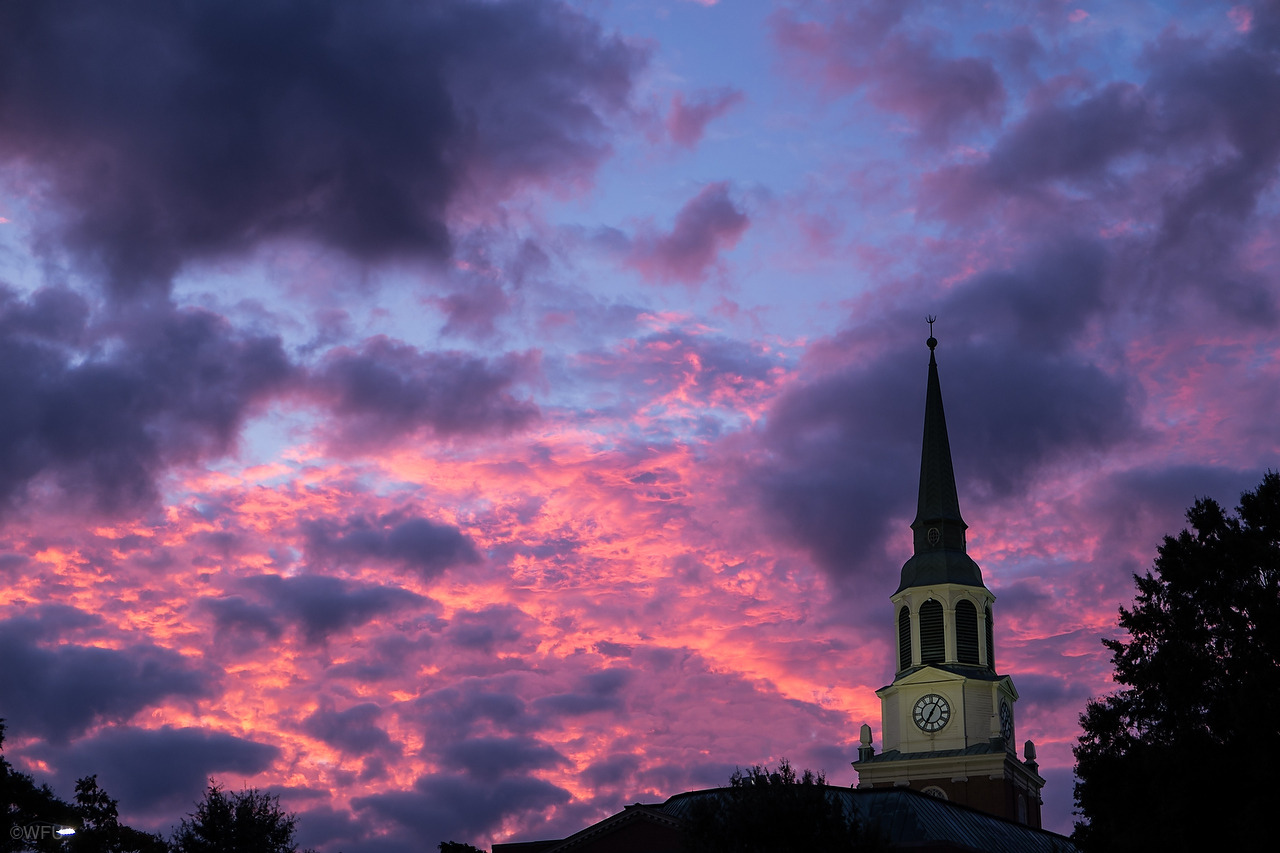Perspective on Religion and Ecology

Photo credit: Ken Bennett
As a chemistry major with an environmental studies minor, I enjoy the chances I get to take classes that depart from the sciences. I have developed a great fondness for a course I am currently taking – Religion and Ecology, with Dr. Lucas Johnston. It has made me look beyond my knowledge of the environment, beyond my knowledge of religion, and realize that human history is not necessarily a story of the conflict between religion and nature. Religion and Ecology merges what seem to be two very different bodies of study into one, examining preconceived notions, and taking a deeper look into the impacts of each upon the other.
During the first weeks of class we addressed the intimate dance between the roots of various religions and the environment. The class is mainly discussion-based, and requires students to lead two of the classes in the semester on selected readings. The readings are captivating and diverse, covering topics related to environmental history in Eastern and Western religions, American romanticism, and radical environmentalism. We also read The Story of B by Daniel Quinn and essays from American Indian environmental activist, Winona LaDuke, who spoke on campus this semester. The final project for the course is the presentation of either an annotated bibliography on a topic of choice related to the course, or an engaged project which explores the relationships between religions and their habitats.
This class has given me a chance to discuss the history of how and why religions ranging from Christianity to Hinduism to Radical Environmentalism began, and what kinds of values shape these ways of viewing the world. Religions often define how nature should be viewed and valued, whether it is claiming “dominion” over the land, or connecting with the gods that reside in rivers and mountains. Conversely, there are also cases where habitats shape religious expression.
This class has caused me to examine more closely the culture in which we live, as well as other cultures and habitats around the world. For me, it’s more scientific than an anthropology class, more discussion-based than a religion class, and more historical than an environmental studies class. It links the human species with their habitats, and explores how the values we place on those habitats shape our lives and determine whether we thrive or struggle within them.
Contributed by Claire Nagy-Kato (‘14)
